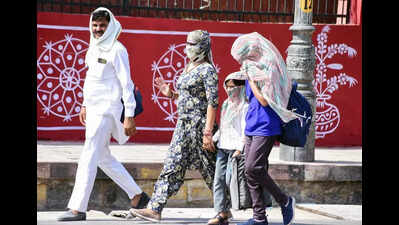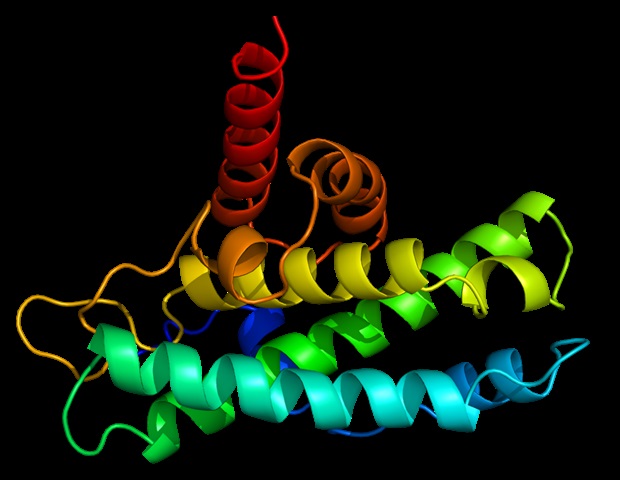Pune: India is likely to experience warmer than usual nights well into the monsoon season, following an unusually warm summer. In its latest temperature forecast for south Asia, including India, South Asian Seasonal Climate Outlook Forum (SASCOF) has forecast warmer nights and cooler days for parts of India during June to Sept 2025. According to the latest consensus outlook, most of India will experience above normal minimum temperatures during the June-Sept 2025 monsoon season, meaning warmer nights across much of the country.
The maximum temperature forecast, however, showed a geographical divide that could bring relief to some regions while others would face above-normal day temperatures. The forecast maps showed that northern, eastern, and northeastern parts of India, along with some western and southern areas, are likely to experience above-normal maximum temperatures during the monsoon months. In contrast, central India and most of the southern peninsula are expected to enjoy normal to below normal maximum temperatures.

The outlook suggested that above normal rainfall was also most likely during the 2025 southwest monsoon season (June–Sept) over most parts of south Asia, including India, except some areas over northern, southern, eastern and north-eastern parts of the region, where normal to below normal seasonal rainfall was most likely. Consensus outlook on minimum temperatures for June to Sept 2025 season suggested normal to above normal minimum temperatures most likely over most parts of south Asia, except some isolated pockets over the south-eastern part of the region (isolated parts of south peninsular India) where normal minimum temperatures were most likely. D S Pai, senior scientist, India Meteorological department (IMD), told TOI: "Good rainfall in central India with increased cloud cover and precipitation will cause maximum temperatures to be normal to below normal in this region.
At the same time, this clouding may paradoxically cause the night temperatures to be higher than normal. This is because clouds in the night trap heat." Raghu Murtugudde, emeritus professor at University of Maryland and former IIT-Bombay faculty member, said: "Over the past few years, regions like Delhi, Uttar Pradesh, Jharkhand and parts of northeast India have received below normal rainfall during monsoon.
Instead, the regions have been witnessing more rain in Oct and Nov. As a result, these areas tend to remain warmer during the monsoon season because it doesn't rain as much." He said; "Above normal rainfall does not mean uniform excess across the country.
While the monsoon core zone may record above normal rainfall, the overall pattern often shows deficits in a belt stretching from Delhi to parts of the northeast. That is where the elevated temperatures come from." Murtugudde added that nighttime temperatures were rising faster than daytime temperatures because of global warming, land use changes and urbanisation.
"Minimum temperatures tend to increase more quickly than maximum temperatures. This means nights do not cool down as much as they used to. It is not necessarily that they are heating up more—it is that they are not cooling enough.
That is why nights are likely to be warmer than normal even during monsoon." The forecast was released by Dr Ravichandran, secretary, MoES..
















